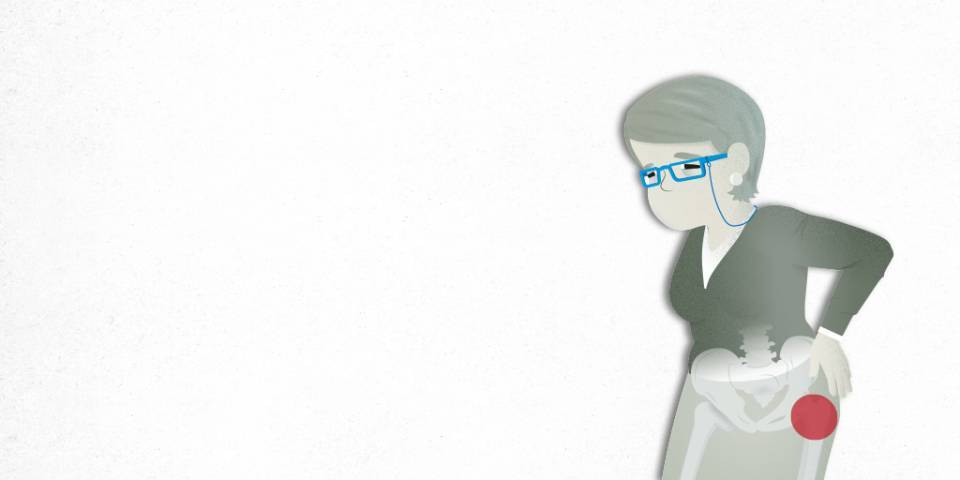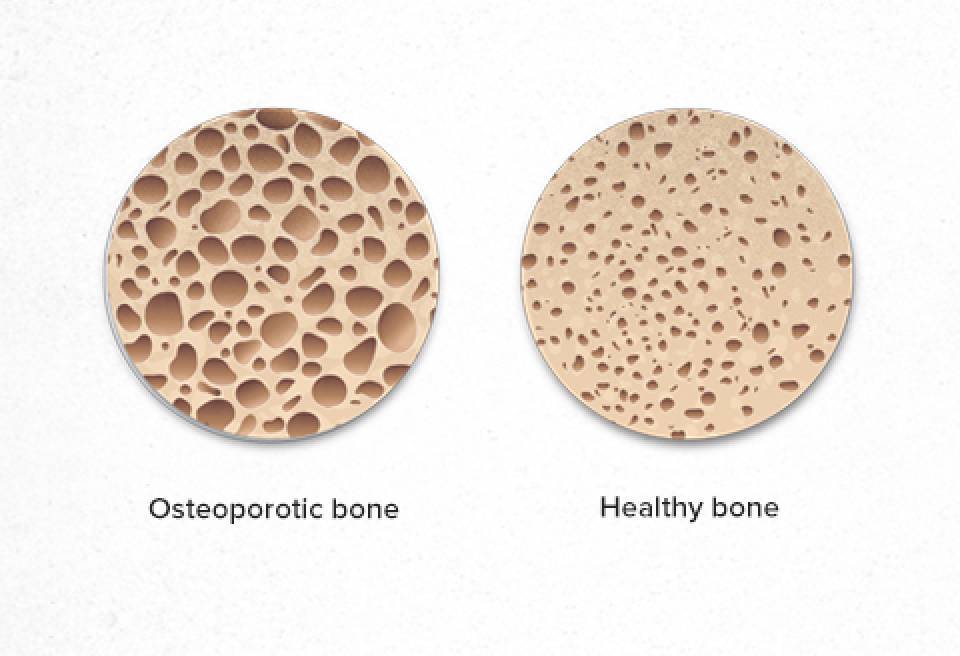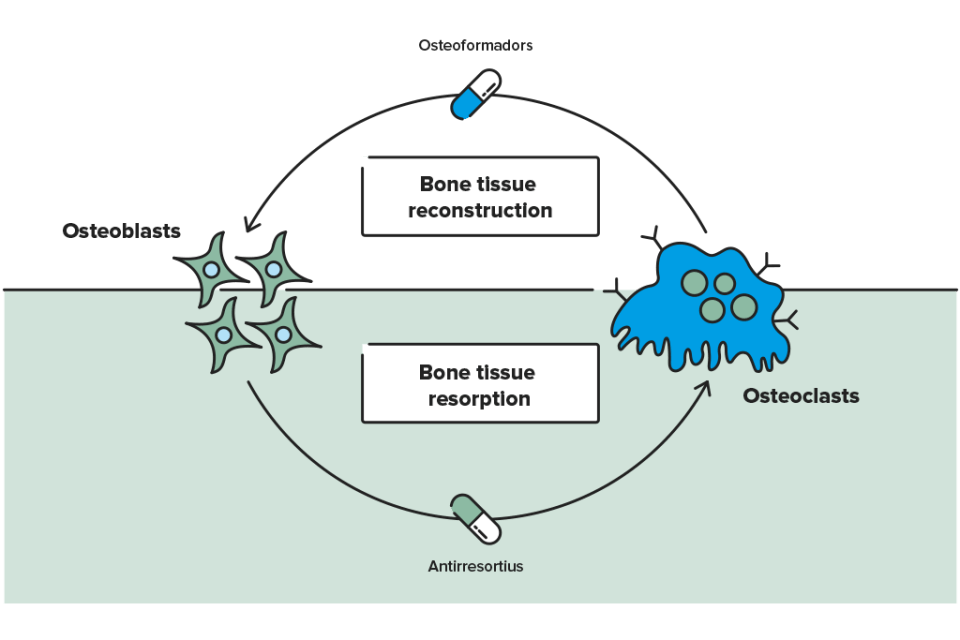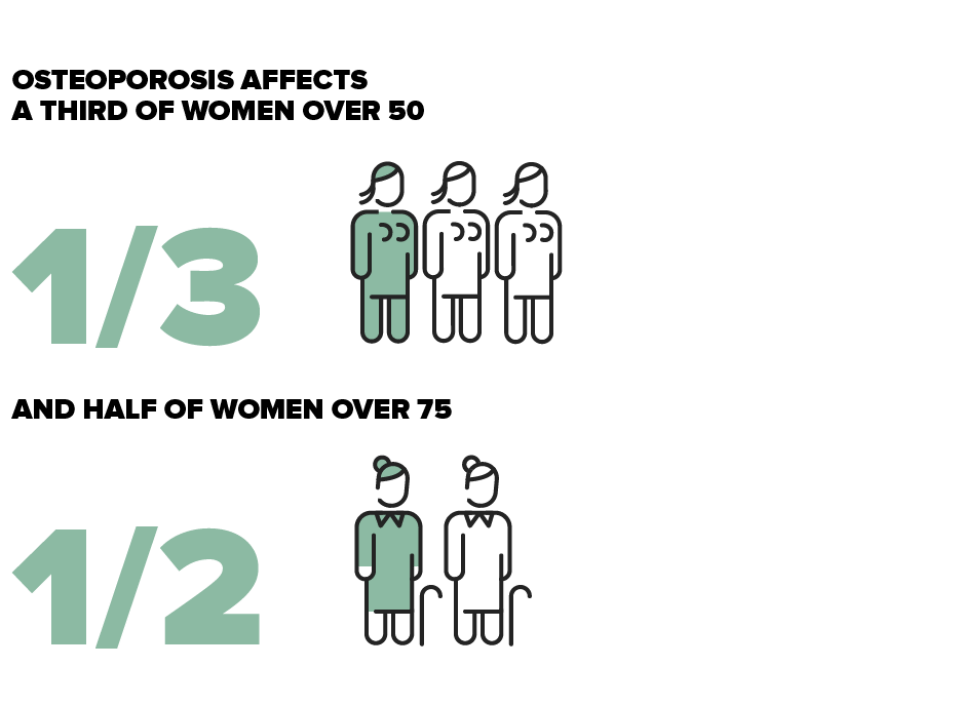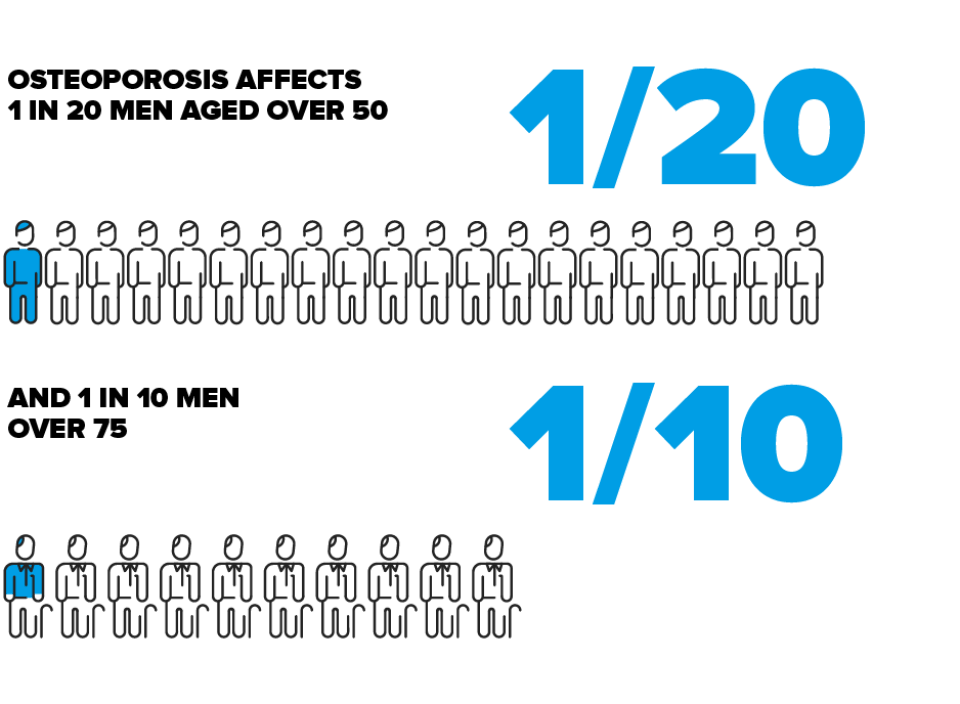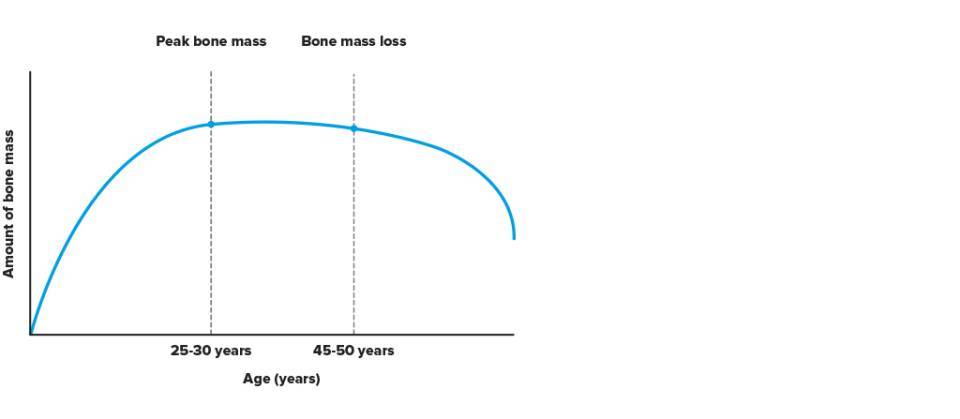- What is it?
- Risk factors
- Diagnosis
- Treatment
- Disease evolution
- Living with the disease
- Research lines
- Frequently Asked Questions
- Prevention
What is osteoporosis?
Osteoporosis is a disease characterised by a decrease in bone tissue that weakens bones and increases the chance of suffering fractures. Osteoporosis is a common condition: one in three women and one in 5 men over 50 will suffer fractures related with this disease.
Osteoporosis explained in first person
There is effective treatment for osteoporosis. We have drugs and medicines available that greatly reduce the risk of the primary fracture as well as the following ones. It is very important to follow the recommended treatment.
I know people who are scared because they have been diagnosed with osteoporosis but nothing has happened. I accepted the fact that my bones are now more fragile. And so what you have to do is look after your bones. I follow a diet rich in calcium, I do exercise and I take the medication they prescribe me.
What is bone remodelling?
Adult bone tissue is constantly subject to renovation. Two types of bone cell take part in this process: osteoclasts, involved in bone resorption, and osteoblasts, which help form the bone matrix. It takes from 3 to 6 months to complete a single bone remodelling cycle, in which the formation phase predominates over resorption. These two phenomena are perfectly balanced under normal physiological conditions. However, whenever the balance shifts towards greater resorption, then the overall result is the loss of bone mass, a typical process observed in osteoporosis.
Most frequently fractured bones
The bones that fracture most frequently are the femur (the hip), the distal radius (the wrist) and vertebrae, followed by the pelvis and proximal humerus (shoulder). These fractures are considered osteoporotic because they occur after minor falls or when exerting oneself, such as after lifting a heavy object.

Hip fracture. This often occurs after a simple fall or can even, in rare cases, occur spontaneously. It is age-related and is usually seen after 75-80 years of age. It is a severe fracture for which it is difficult to provide a functional and vital prognosis as this depends on the patient's overall condition, the fracture type and the duration of immobilisation.This kind of fracture usually require surgery most likely, admission to a nursing home is required. After suffering this type of fracture, some patients may have chronic pain or difficulty when performing daily activities.

Vertebral fracture. Vertebral fractures are one of most frequent signs of osteoporosis. These fractures are almost always due to fragility and usually appear after simple falls and/or after making certain habitual movements, such as bending over, lifting a weight or even coughing excessively. The acute, intense back pain produced by the fracture tends to disappear, although it may persist in some patients. Height loss due to vertebral compression and progressive deformities, such as thoracic kyphosis or increased muscle contracture, both produce chronic back pain. This problem must be treated by a multidisciplinary team and patients provided with the knowledge and skills required to retrain their posture and manage their symptoms.

Wrist fracture. Fractures of the distal radius (Colles’ fractures) tend to occur in women aged 45–65 years. They are caused by falling forward and landing on your hands. Some patients present prolonged discomfort with a certain degree of incapacity. They can also result in residual deformity may also occur after consolidation of the fracture in some patients.
Atypical femoral fracture
These are extremely rare, but when they occur they are known as atypical femoral fractures. There are between 5 and 100 cases/year in a group of 100,000 patients.
This type of fracture can occur spontaneously or after minimal trauma. The fracture may be bilateral and occurs in the femoral diaphysis (approximately halfway along the femur) or beneath the trochanter (each of the protrusions at the upper end of the femur and other long bones). Sometimes it is a linear fracture in the femur’s cortical tissue, while in other instances it progresses to a complete fracture. The incidence decreases once the osteoporosis medicine is withdrawn.
Atypical femoral fractures have some specific clinical and radiological characteristics and have been described in patients receiving antiresorptive treatment with bisphosphonates and denosumab, although they have also been observed in individuals who were not receiving any osteoporosis treatment or other bone diseases.
The risk of suffering an atypical fracture increases as the duration of treatment with bisphosphonates increases, and also when they are used in combination with glucocorticoids.
It is important to emphasise that the drug therapy for osteoporosis significantly reduces the incidence of fragility fractures of the femur (by up to 55%), while the possibility of an atypical femoral fracture is exceptionally rare (0.0005% of patients).
The table below summarises the main characteristics of an atypical femoral fracture.
| Key points about atypical femoral fractures |
|---|
|
|
|
|
|
Is Osteoporosis very common?
Osteoporosis is a common condition that increases in frequency in older population groups and in the presence of certain diseases, surgeries, and medications.
According to results from bone density scans (densitometry) and studies carried out in the Spanish population, 1 in every 3 women over the age of 50 and 1 in 2 women over 75 have osteoporosis.
These proportions increase in both sexes when considering the records for osteoporosis-related fractures. As such it is estimated that 2 out of every 5 women (40%) and 1 in every 5 men (22%) aged over 50 will suffer a fracture as a consequence of osteoporosis during their lifetimes.
What does bone quality mean?
Osteoporosis is evidenced by a change in the quantity and quality of bone tissue. Bone quality is closely related to a bone’s fracture resistance. The notion of bone quality takes into consideration the bone’s structural characteristics, the degree of mineralisation or calcification, collagen alterations and even includes the repair and accumulation of previous microfractures.
An individual’s skeletal development and maximum acquisition of bone, called the peak bone mass, primarily occurs while the body is growing and up to the age of 25–30 years. This “peak” bone mass achieved is determined by genetic factors and lifestyle, such as physical exercise and diet.
Humans then undergo a progressive loss of bone mass throughout their lifetimes; this is more notable in women aged 45–50 years and upwards, i.e., during the menopause due to decreased oestrogen levels. This results in a 20–30% loss of bone mass over the course of life.
Osteopenia
Osteopenia is a slight decrease in bone mineral density and can be a precursor to osteoporosis. Except in certain specific situations, such as in patients receiving treatment with glucocorticoids, among others osteopenia (if not associated with fragility fractures) usually does not require medical treatment. It is important to highlight that fractures can occur in a state of osteopenia, although the risk is not as high as in the case of osteoporosis.
Substantiated information by:



Published: 20 February 2018
Updated: 24 July 2025
Subscribe
Receive the latest updates related to this content.
Thank you for subscribing!
If this is the first time you subscribe you will receive a confirmation email, check your inbox
